Home>Furniture>Outdoor Furniture>How To Get Rid Of Hover Flies On A Patio
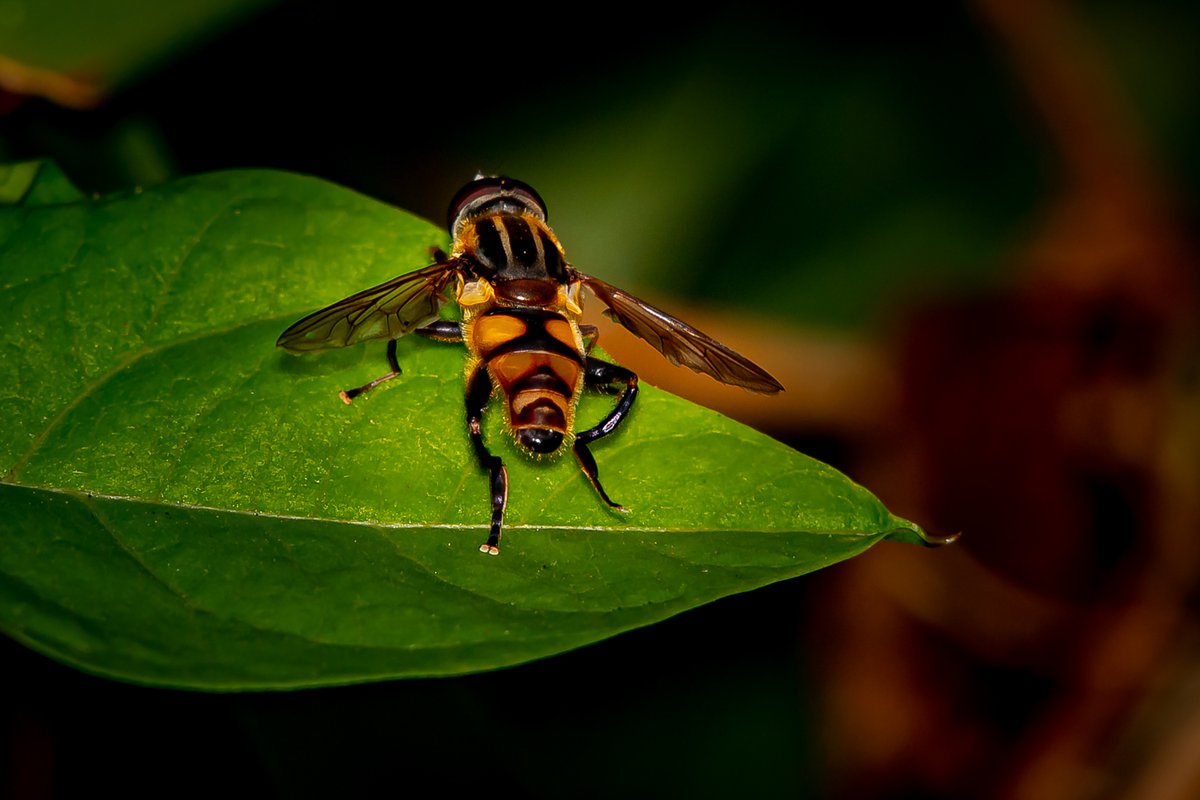

Outdoor Furniture
How To Get Rid Of Hover Flies On A Patio
Modified: October 20, 2024
Learn effective strategies to eliminate hover flies from your outdoor patio and protect your beloved outdoor furniture. Don't let hover flies ruin your outdoor experience!
(Many of the links in this article redirect to a specific reviewed product. Your purchase of these products through affiliate links helps to generate commission for Storables.com, at no extra cost. Learn more)
Introduction
Welcome to the ultimate guide on how to get rid of hover flies on a patio. If you’ve ever spent a relaxing afternoon on your patio, only to be interrupted by the incessant buzzing and hovering of those pesky hover flies, you know how frustrating it can be. Hover flies, also known as syrphid flies, are common outdoor pests that can quickly become a nuisance. In this article, we will explore what hover flies are, why they are attracted to patios, and most importantly, how to effectively control and prevent them from ruining your outdoor experience.
Hover flies are harmless insects that closely resemble bees or wasps. They are often mistaken for bees due to their similar appearance, with their yellow and black striped bodies. However, unlike bees, hover flies do not sting. These insects play a beneficial role in the ecosystem as they are excellent pollinators and predators of other harmful pests, such as aphids. Despite their positive contribution to nature, hover flies can become a bothersome presence when they gather in large numbers on your patio.
So why are hover flies attracted to patios in the first place? Hover flies are attracted to areas with abundant food sources, especially plants that produce nectar and pollen. Patios, with their potted plants, flowers, and lush greenery, provide an ideal environment for hover flies to thrive. The warm and sunny conditions offered by patios also make them an attractive spot for hover flies to bask in the sunlight.
Now that we understand what hover flies are and why they are attracted to patios, let’s delve into the various methods you can use to control and prevent them from infesting your outdoor space. We will explore both natural and chemical options to suit your preferences and needs. Whether you prefer eco-friendly solutions or more powerful chemical treatments, there are effective strategies available to keep hover flies at bay.
Key Takeaways:
- Hover flies are attracted to patios due to abundant food sources, warmth, and shelter. By using natural methods like companion planting and essential oils, you can deter hover flies without harming the environment.
- Maintaining a hover fly-free patio involves regular cleaning, proper drainage, and careful plant maintenance. Balancing control methods with environmental preservation is key to enjoying a pest-free outdoor space.
Read more: How To Get Rid Of Flies On A Patio
What are Hover Flies?
Hover flies, also known as syrphid flies, are insects belonging to the family Syrphidae. They are commonly found in gardens, parks, and other outdoor spaces. Hover flies are often mistaken for bees or wasps due to their similar appearance, but they are harmless and do not sting.
Hover flies have a characteristic yellow and black striped body, resembling a bee or wasp. These markings serve as a defense mechanism, as they mimic the appearance of more aggressive stinging insects. This can help protect hover flies from predators that would otherwise avoid them.
Hover flies are known for their incredible ability as pollinators. They feed on nectar and pollen from various flowers, making them valuable contributors to plant reproduction. As they move from flower to flower in search of food, they inadvertently transfer pollen, aiding in the fertilization process. This makes hover flies an important part of the ecosystem and beneficial for gardeners and farmers alike.
Aside from their role as pollinators, hover flies also play a crucial role in natural pest control. Their larvae are voracious predators of aphids, which are notorious pests that can infest and damage crops. Hover fly larvae devour aphids by piercing their bodies and extracting their bodily fluids. This natural form of pest control can help reduce aphid populations and prevent damage to plants.
Hover flies undergo a complete metamorphosis, starting as eggs, progressing to larvae, then pupae, and finally emerging as adults. The females lay their eggs near aphid colonies or on leaves where aphids are present. The larvae hatch and immediately begin feeding on the aphids, growing in size and developing through several stages known as instars. After reaching maturity, the larvae pupate and eventually emerge as adult hover flies.
Overall, hover flies are beneficial insects that provide valuable pollination services and help control aphid populations. However, when hover flies gather in large numbers on patios, they can become a nuisance. In the next section, we will explore why hover flies are attracted to patios and discuss effective methods for controlling their presence.
Why are Hover Flies Attracted to Patios?
Hover flies are attracted to patios for several reasons, primarily related to the abundance of food sources and favorable environmental conditions that patios provide.
1. Food sources: Patios often feature a variety of plants, flowers, and vegetation that produce nectar and pollen. Hover flies are attracted to these food sources as they are an essential part of their diet. The presence of vibrant flowers and blooming plants on patios can be particularly enticing to hover flies, drawing them in search of nourishment.
2. Warmth and sunlight: Hover flies are ectothermic insects, which means their body temperature is regulated by external heat sources. Patios, especially those that receive ample sunlight, offer warm microclimates that hover flies find appealing. These insects are attracted to the warmth and sunlight on patios, which provides them with ideal conditions for basking and increasing their energy levels.
3. Shelter and protection: Patios often provide shelter and protection from wind and rain, creating a suitable environment for hover flies to rest and seek refuge. The structure and design of a patio can offer hiding spots, such as nooks and crannies, where hover flies can take cover when they feel threatened or during unfavorable weather conditions.
4. Water sources: Some patios may have water features, such as fountains or birdbaths, which can attract hover flies. These insects require water for hydration, and the presence of a water source on or near a patio can make it even more enticing for hover flies.
It is important to note that while hover flies may be attracted to patios, their presence is not necessarily a cause for concern. Unlike other pests, such as mosquitoes or flies, hover flies do not pose a direct threat to humans or cause damage to property. In fact, their presence can be beneficial as they contribute to pollination and natural pest control.
However, if the number of hover flies on your patio becomes overwhelming or causes discomfort, there are effective methods available to control and prevent their presence. In the next sections, we will explore both natural and chemical options for hover fly control on patios, allowing you to choose the approach that best suits your preferences and needs.
The Basics of Hover Fly Control
Controlling hover flies on your patio involves a combination of strategies aimed at reducing their population and preventing their attraction to the area. Here are the basics of hover fly control:
1. Identify and eliminate breeding sites: Start by identifying areas where hover flies are likely to lay their eggs. These may include garden beds, potted plants, or areas with excessive moisture. Remove any standing water or moist soil to deter hover fly breeding. In addition, regularly inspect potted plants for larvae and remove any infested soil to prevent further infestations.
2. Remove attractants: Hover flies are attracted to plants that produce nectar and pollen. If possible, limit the number of flowering plants on your patio or choose varieties that are less attractive to hover flies. Trim and prune plants regularly to reduce the amount of nectar and pollen available. Consider replacing highly attractive plants with less appealing alternatives.
3. Maintain cleanliness: Keep your patio clean and free of debris, fallen leaves, and organic matter that could be a potential food source for hover flies. Regularly sweep or vacuum the area to remove any dead insects or hovering flies. Clean bird feeders and pet food bowls promptly to prevent attracting hover flies and other pests.
4. Install physical barriers: To prevent hover flies from accessing the patio area, consider installing screens or netting. This can help keep the flies at bay while still allowing you to enjoy the outdoor space. Ensure that the barriers are properly sealed and secure to prevent any gaps or openings where hover flies could enter.
5. Introduce natural predators: Encouraging natural predators of hover flies can help control their population. Birds, ladybugs, lacewings, and certain wasp species feed on hover fly larvae, effectively reducing their numbers. Attract these beneficial insects to your garden by providing suitable habitats, such as birdhouses, insect hotels, and planting native flowering plants that attract predator species.
6. Chemical control: In severe infestations, chemical control methods may be necessary. Consult with a professional or your local garden center to identify appropriate insecticides or insecticidal soaps that are specifically labeled for hover fly control. Always follow the instructions carefully and consider using organic and environmentally friendly options.
By implementing these basic hover fly control strategies, you can significantly reduce their presence on your patio. However, it’s important to remember that completely eliminating hover flies from outdoor spaces is challenging and may not be necessary. Hover flies play a beneficial role in the ecosystem and can contribute to the health of your garden. Striking a balance between control and preservation is key to maintaining a harmonious outdoor environment.
To get rid of hover flies on a patio, try planting herbs like basil, mint, or lavender, as they naturally repel these insects. Additionally, keep the patio clean and free of standing water to discourage hover fly breeding.
Natural Methods to Prevent Hover Flies on a Patio
If you prefer an eco-friendly approach to hover fly control on your patio, there are several natural methods you can employ. These methods aim to deter hover flies from the area without causing harm to the insects or the environment. Here are some effective natural methods to prevent hover flies on a patio:
1. Companion planting: Certain plants naturally repel or deter hover flies. Consider planting aromatic herbs such as lavender, mint, rosemary, and basil around your patio. These plants not only add beauty and fragrance to your outdoor space but also help keep hover flies at a distance due to their strong scents.
2. Essential oils: Many essential oils have insect-repellent properties and can be used as natural deterrents. Citronella, eucalyptus, and lemongrass oils are known to repel hover flies. Create a homemade spray by diluting a few drops of the essential oil in water and apply it to the patio area or plants to keep hover flies away.
3. Vinegar traps: Hover flies are attracted to the scent of vinegar. Create a simple vinegar trap by placing a small bowl filled with apple cider vinegar and a few drops of dish soap near the patio. The vinegar scent will attract the hover flies, and the dish soap will break the surface tension of the liquid, causing the flies to drown.
4. Hanging decoys: Hover flies are territorial and can be deterred by the presence of decoys. Hang objects resembling wasp nests or yellow and black-striped fake insects near your patio. The hover flies will mistake them for real threats and be less likely to venture into the area.
5. Reduce excess moisture: Hover flies are attracted to areas with high humidity or excessive moisture. Ensure proper drainage around your patio and avoid overwatering plants. Remove any standing water or sources of moisture to discourage hover fly breeding.
6. Maintain cleanliness: Regularly clean your patio by removing fallen leaves, food debris, and spilled liquids that may attract hover flies. Keep garbage bins tightly sealed and dispose of waste properly to prevent attracting these insects.
7. Create hover fly barriers: Use physical barriers to deter hover flies from accessing your patio. Install fine-mesh netting or screens around the patio area to prevent hover flies from entering. This allows you to enjoy your outdoor space without the annoyance of hover fly presence.
It’s important to note that while these natural methods can help deter hover flies, they may not completely eliminate them. Hover flies are highly adaptable insects, and their presence can fluctuate depending on various factors. However, by combining these natural methods and maintaining a proactive approach, you can significantly reduce hover fly populations and create a more pleasant patio environment.
Next, let’s explore chemical options for hover fly control on patios for those who prefer a more aggressive approach.
Read more: How To Get Rid Of Outdoor Flies
Chemical Options for Hover Fly Control on a Patio
If natural methods are not providing the desired results or if you’re dealing with a severe hover fly infestation on your patio, you may need to consider chemical options. It is important to note that chemical control should always be a last resort and should be used judiciously to minimize any negative impacts on the environment. Here are some effective chemical options for hover fly control:
1. Insecticidal soaps: Insecticidal soaps are made from specially formulated soap-based solutions that are safe for plants and pets but lethal to hover flies. These soaps work by suffocating the insects upon contact. Dilute the soap according to the instructions on the packaging and apply it directly to hover flies or the affected areas on the patio. Repeat the treatment as necessary to control the hover fly population.
2. Pyrethrin-based insecticides: Pyrethrin-based insecticides are derived from the extracts of chrysanthemum flowers and are considered an effective chemical control method for hover flies. These insecticides target a broad range of pests, including hover flies, and can be applied to the patio area or directly on the insects. Always carefully read and follow the instructions provided by the manufacturer to ensure safe and effective application.
3. Synthetic insecticides: Synthetic insecticides containing active ingredients, such as cyfluthrin or permethrin, can be effective in controlling hover flies. These insecticides are specifically labeled for use against hover flies and should be used according to the manufacturer’s instructions. It’s important to note that synthetic insecticides may have a broader impact on the environment, so use them sparingly and only in areas where hover flies are a significant problem.
4. Professional pest control services: If the hover fly infestation on your patio is severe and other methods have not produced satisfactory results, consider contacting a professional pest control service. They have the expertise and access to more powerful chemical treatments that can effectively eradicate hover flies. It’s important to choose a reputable company that follows proper environmental guidelines in pesticide use.
When using chemical options, it is crucial to prioritize the safety of humans, pets, and other beneficial insects. Follow all instructions and precautions on the product label, wear appropriate protective gear, and keep children and pets away from treated areas until the product has dried or as advised by the manufacturer.
Remember, chemical control methods should only be used as a last resort and in conjunction with other preventive measures. Regular monitoring and maintenance of your patio can help minimize the need for chemical treatments. Strive for a balanced approach that takes into consideration both effective hover fly control and environmental preservation.
Now that we have explored both natural and chemical options for hover fly control on a patio, let’s move on to the importance of maintaining a hover fly-free patio.
Maintaining a Hover Fly-Free Patio
Once you have taken steps to control and prevent hover flies on your patio, maintaining a hover fly-free environment is essential to ensure long-term success. Here are some tips for maintaining a hover fly-free patio:
1. Regular cleaning: Keep your patio clean and free of debris, fallen leaves, and organic matter that can attract hover flies. Regularly sweep or hose down the area to remove any food sources or potential breeding sites.
2. Proper drainage: Ensure that your patio has proper drainage to prevent the accumulation of stagnant water, which can attract hover flies. Clear any clogged drains or gutters to avoid the creation of moist areas where hover flies may breed.
3. Minimize standing water: Remove any containers or objects that may collect water and create breeding grounds for hover flies. Empty saucers under potted plants, remove water-filled planters, and regularly change the water in bird baths or outdoor water features.
4. Maintain plants carefully: Regularly inspect and care for your patio plants. Remove any decayed or damaged leaves, which may attract hover flies. Trim and prune plants as needed to maintain their health and prevent overgrowth that can provide hiding places for hover flies.
5. Avoid over-fertilization: Excess fertilizer can lead to lush, succulent growth, which may attract hover flies. Use fertilizers sparingly and according to the instructions. Opt for slow-release or organic fertilizers that promote healthy plant growth without creating an overly attractive environment for hover flies.
6. Monitor for pests: Keep an eye out for any pest infestations, such as aphids, which are a favorite food source for hover flies. Promptly address any pest issues using appropriate methods to prevent hover fly attraction to your patio.
7. Replace attractant plants: Consider replacing highly attractive plants that continuously draw hover flies to your patio with less appealing alternatives. Choose plant varieties with lower nectar production or plants that hover flies are less attracted to, reducing the presence of these insects on your patio.
8. Regular maintenance: Maintain a proactive approach to patio upkeep. Regularly inspect the area for signs of hover fly activity and take immediate action if their numbers begin to increase. By staying vigilant and addressing any issues promptly, you can prevent a recurrence of hover fly infestations.
9. Entice natural predators: Continue to attract beneficial insects, such as ladybugs and lacewings, to your patio. Create habitats that provide shelter, water, and suitable food sources for these predators. They will help keep the hover fly population under control and maintain a balanced ecosystem in your outdoor space.
By following these guidelines, you can create an environment that is less attractive to hover flies and maintain a hover fly-free patio. Remember that consistent monitoring and preventive measures are key to enjoying a pest-free outdoor experience.
With the knowledge and strategies shared in this guide, you are well-equipped to tackle hover fly problems on your patio. By implementing a combination of natural and, if necessary, chemical control methods, you can ensure a hover fly-free and enjoyable patio space for yourself, family, and friends.
Finally, always remember the importance of preserving the natural balance and ecosystem. Hover flies, while sometimes bothersome, play an important role in pollination and natural pest control. Strive for a harmonious coexistence with nature as you maintain your hover fly-free patio.
Conclusion
Hover flies can be a nuisance on patios, but with the right approach, you can effectively control and prevent their presence. Whether you opt for natural methods or chemical options, it’s important to strike a balance between eliminating hover flies and preserving the ecosystem.
Understanding the behavior and attraction of hover flies is the first step in managing their population on your patio. By implementing basic control strategies such as identifying breeding sites, removing attractants, and maintaining cleanliness, you can significantly reduce hover fly numbers.
If natural methods are not sufficient, chemical options can provide more targeted control. However, it is crucial to use these methods judiciously and according to the instructions provided to minimize any negative impacts on the environment.
Maintaining a hover fly-free patio requires ongoing effort. Regular cleaning, proper drainage, and careful plant maintenance are essential in preventing hover flies from returning. Monitoring for pest infestations and attracting natural predators can also contribute to long-term control.
Remember, while hover flies can be bothersome, they also play important roles in pollination and natural pest control. It is important to strike a balance between controlling their presence on your patio and maintaining a healthy ecosystem.
With the knowledge and strategies shared in this guide, you are equipped with the tools to create a hover fly-free patio. Implement the methods that align with your preferences and needs, and adapt them as necessary for your specific situation.
By implementing effective hover fly control methods and practicing proactive maintenance, you can create a welcoming and enjoyable outdoor space. Maintaining a hover fly-free patio allows you to fully appreciate the beauty of your surroundings and make the most of your time spent outdoors.
Embrace the challenge of managing hover flies while respecting their role in the natural world. With a mindful and thoughtful approach, you can create a harmonious and inviting patio environment that you and your guests can truly enjoy.
Frequently Asked Questions about How To Get Rid Of Hover Flies On A Patio
Was this page helpful?
At Storables.com, we guarantee accurate and reliable information. Our content, validated by Expert Board Contributors, is crafted following stringent Editorial Policies. We're committed to providing you with well-researched, expert-backed insights for all your informational needs.
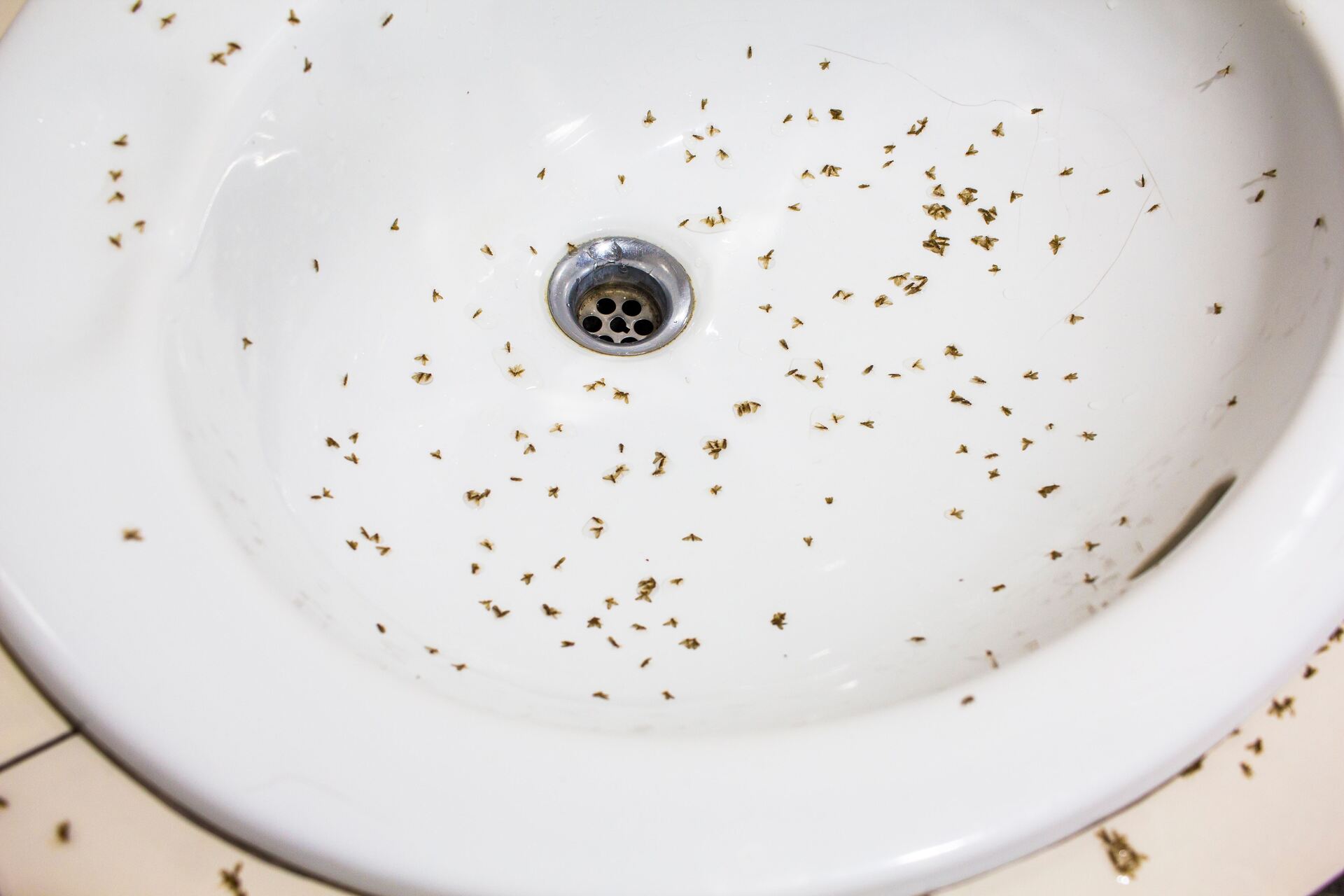
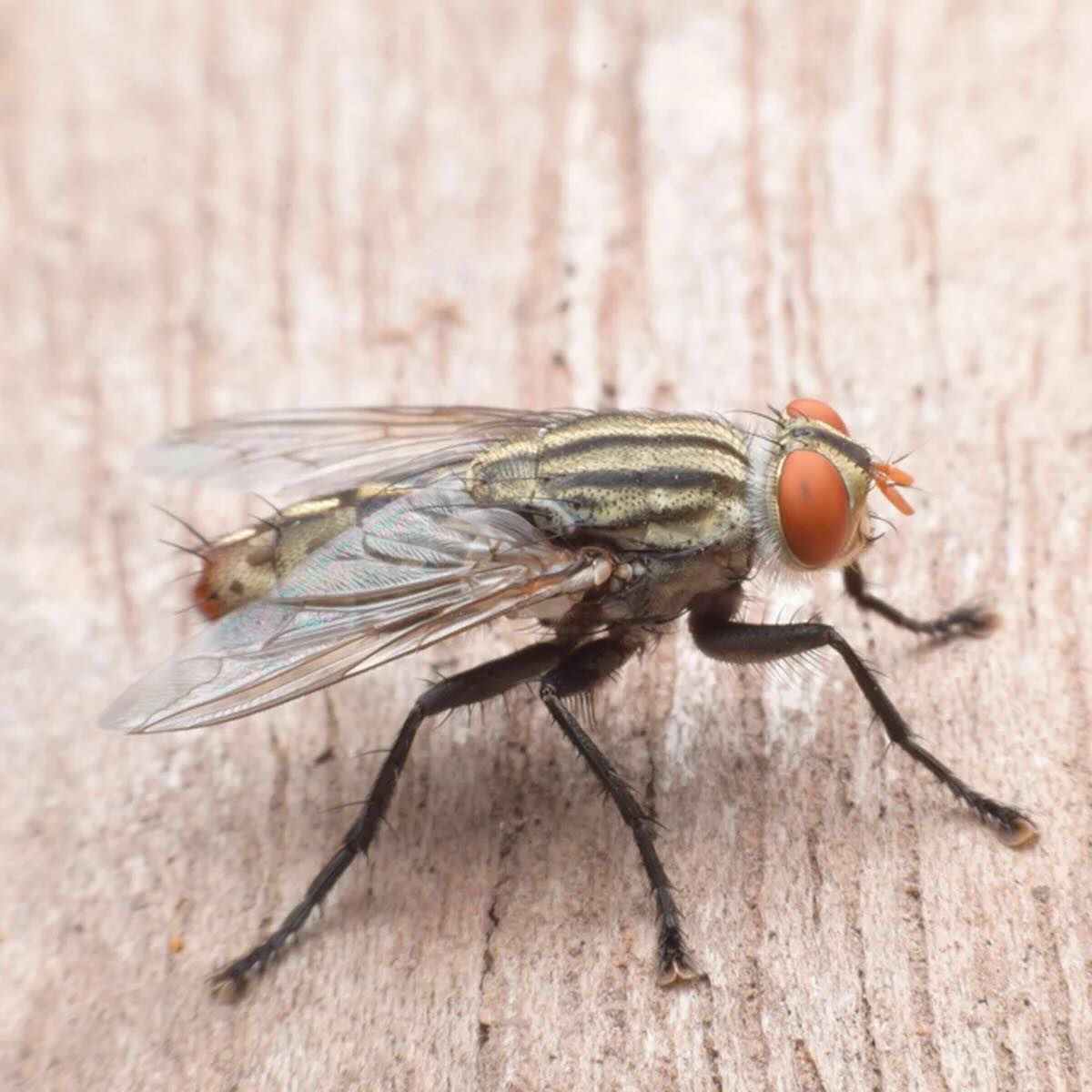
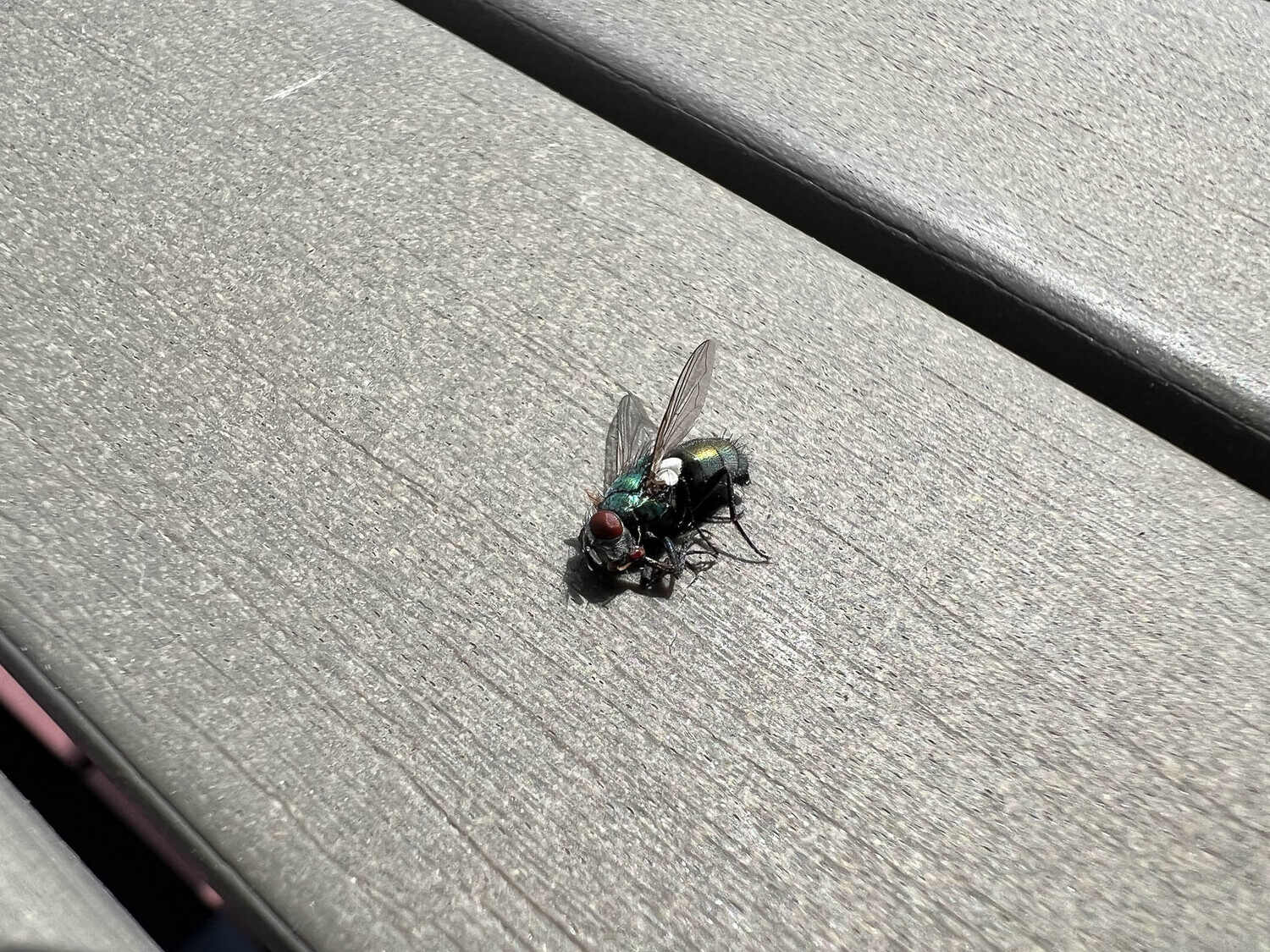
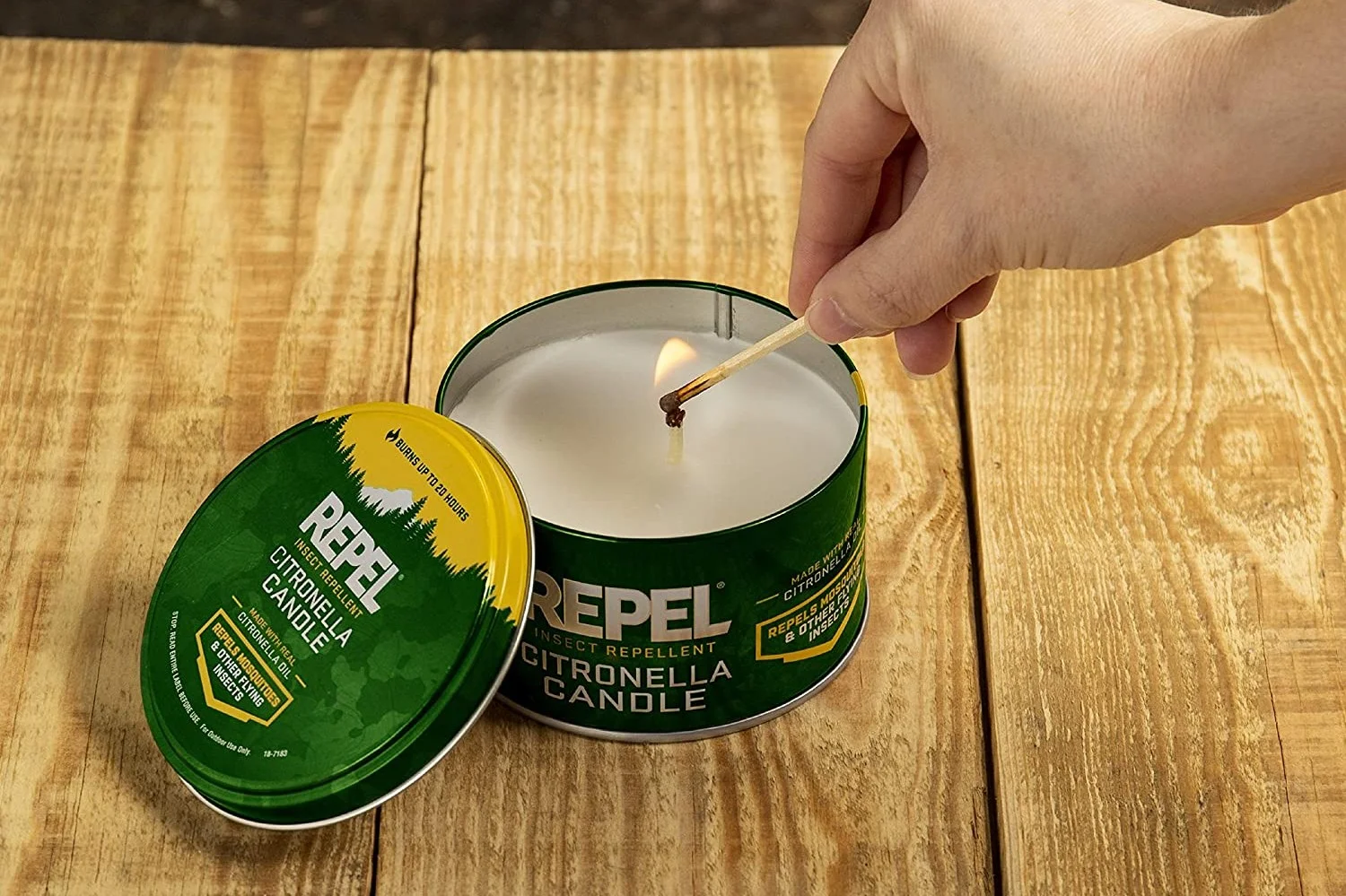
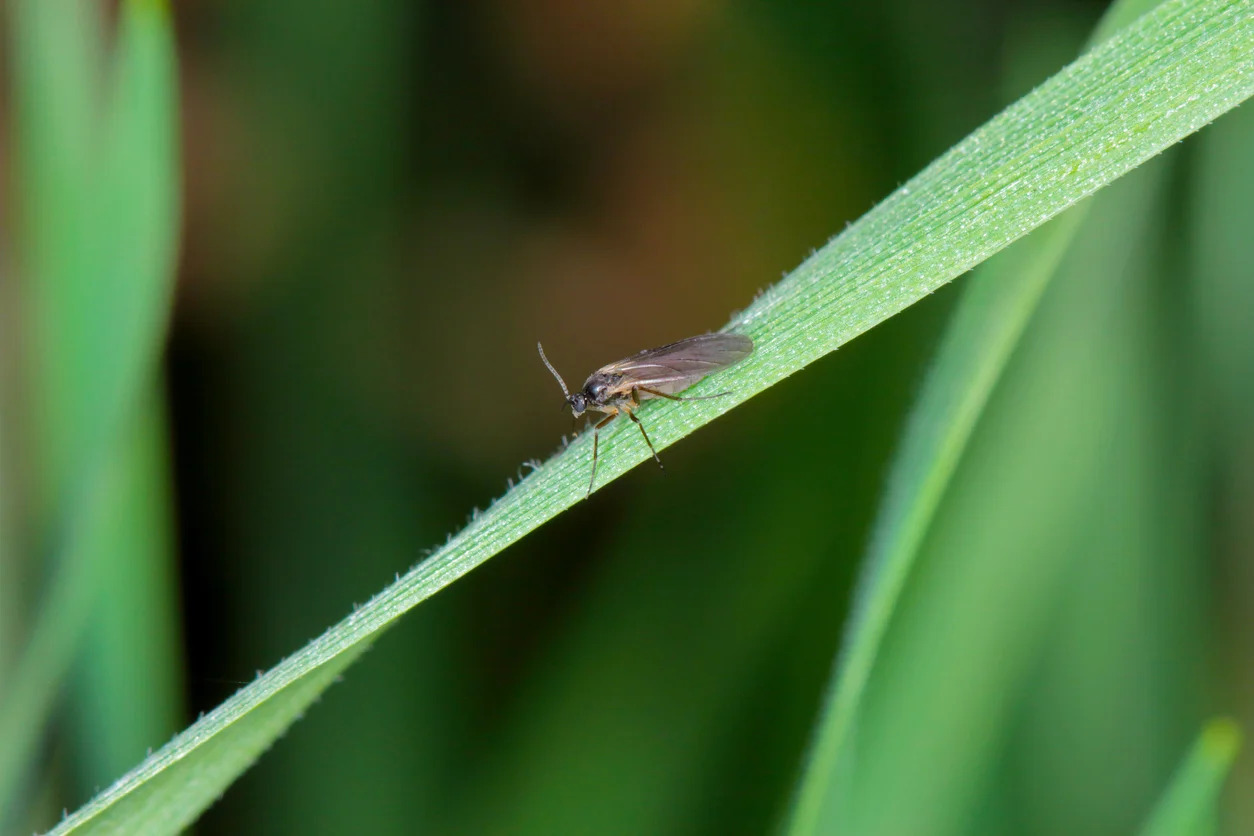
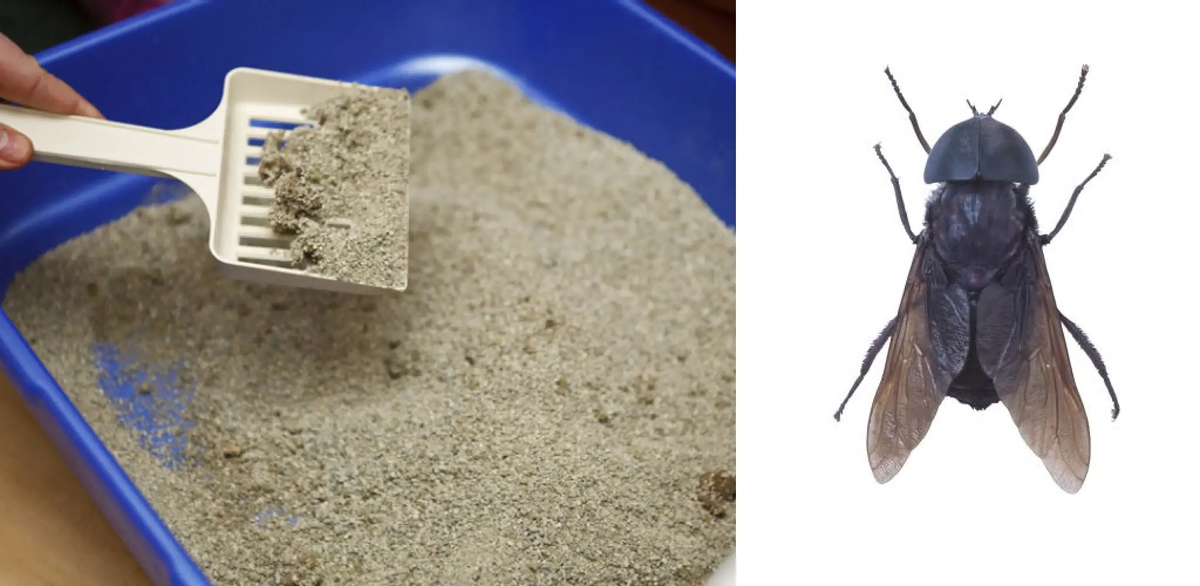
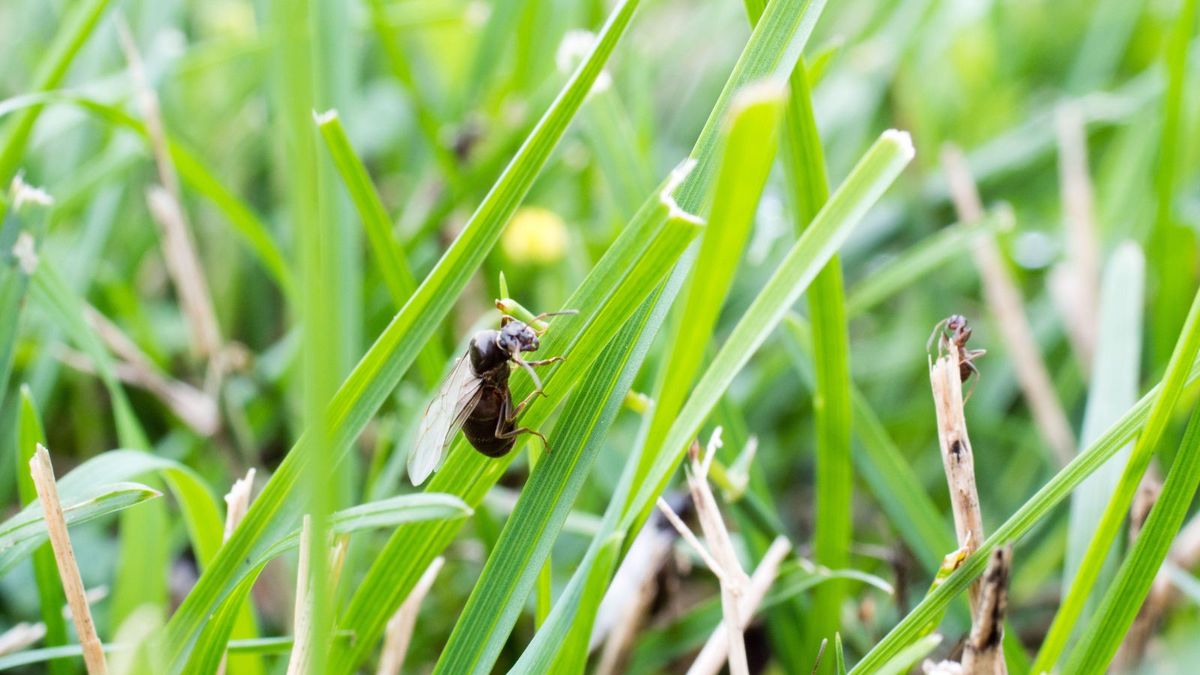
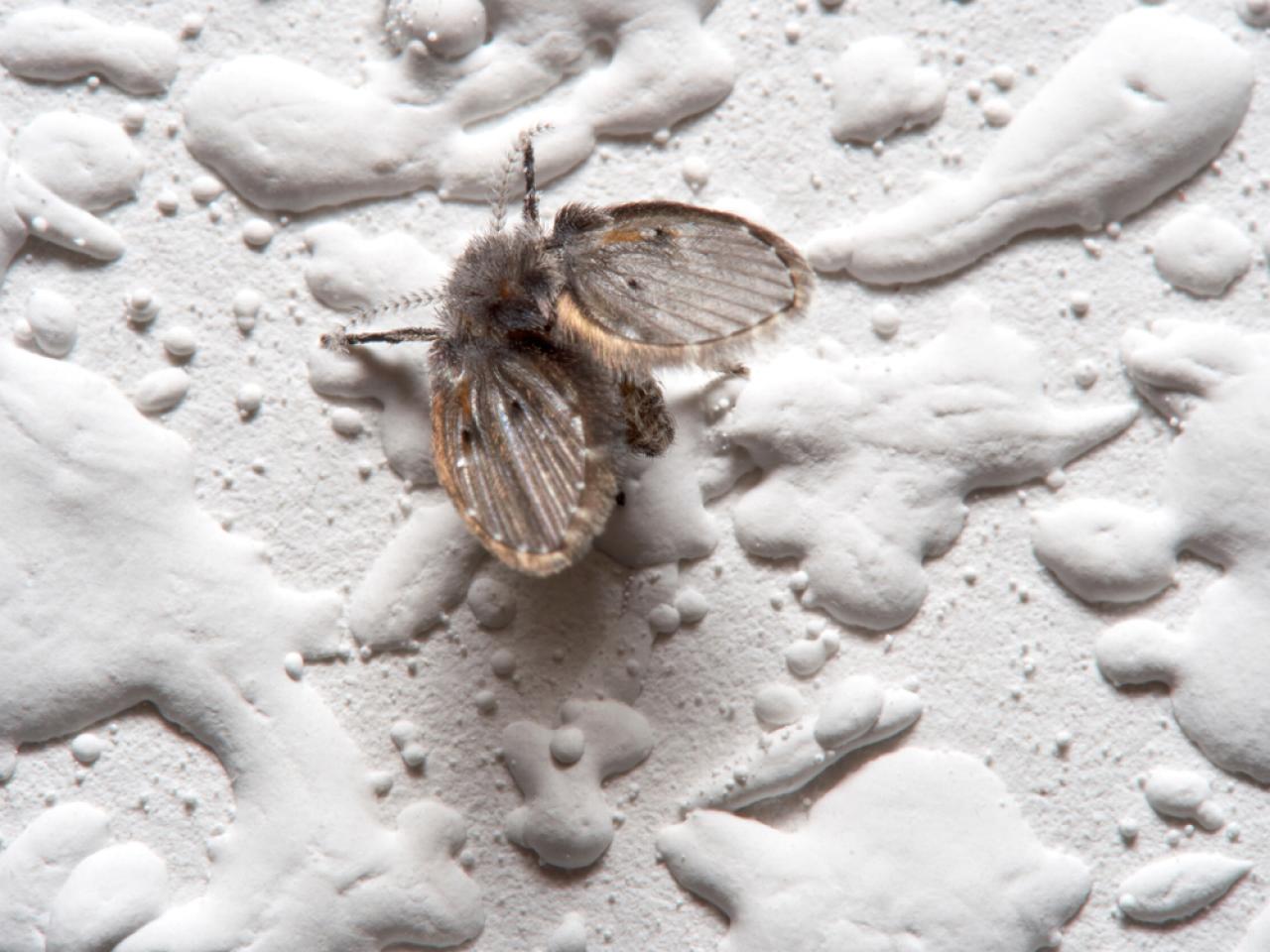
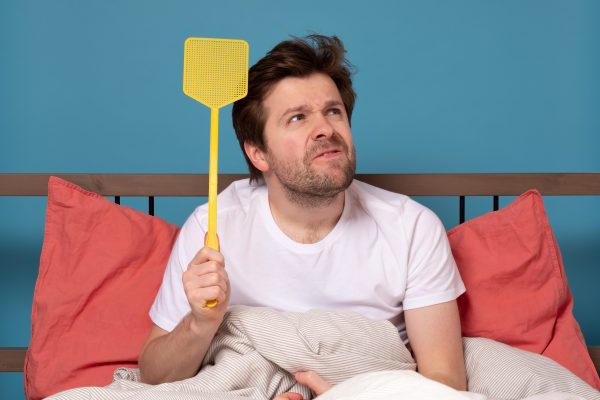
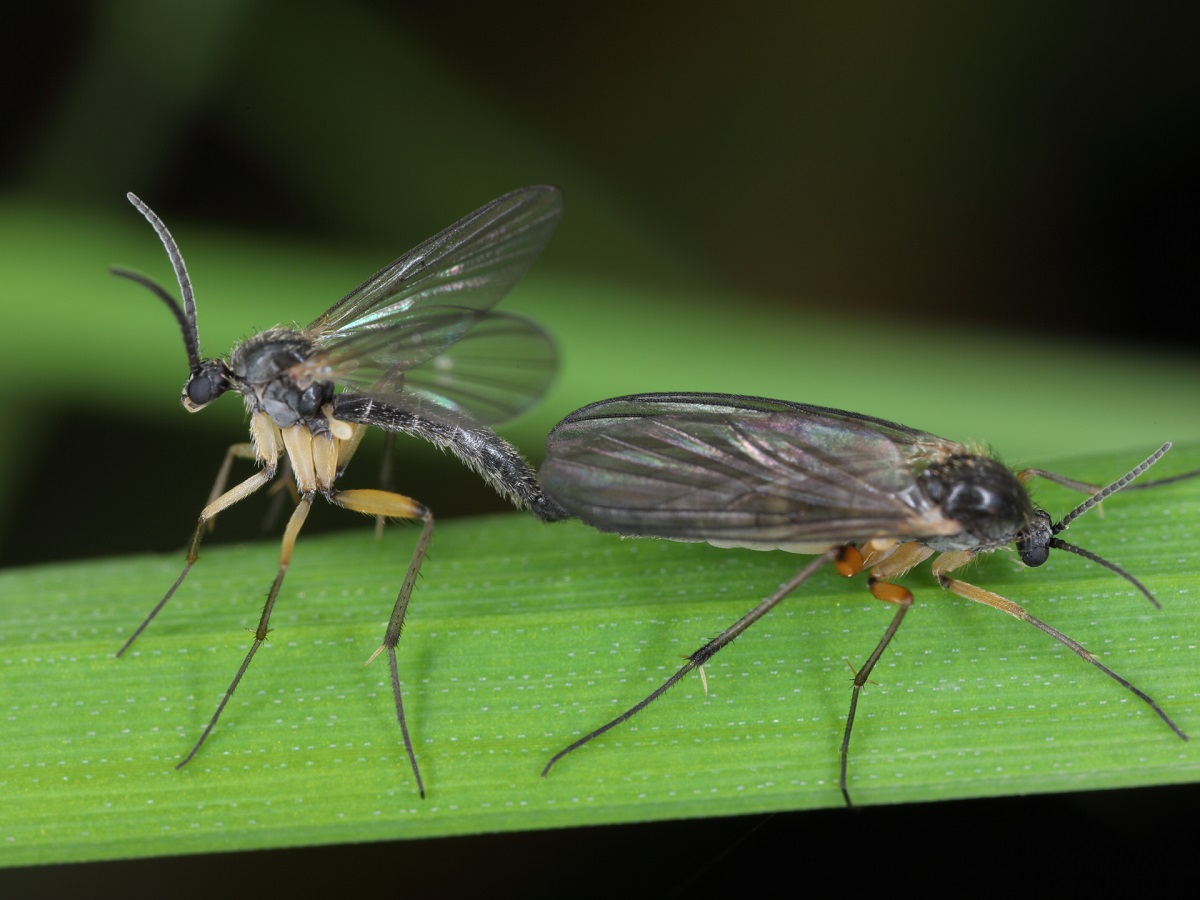

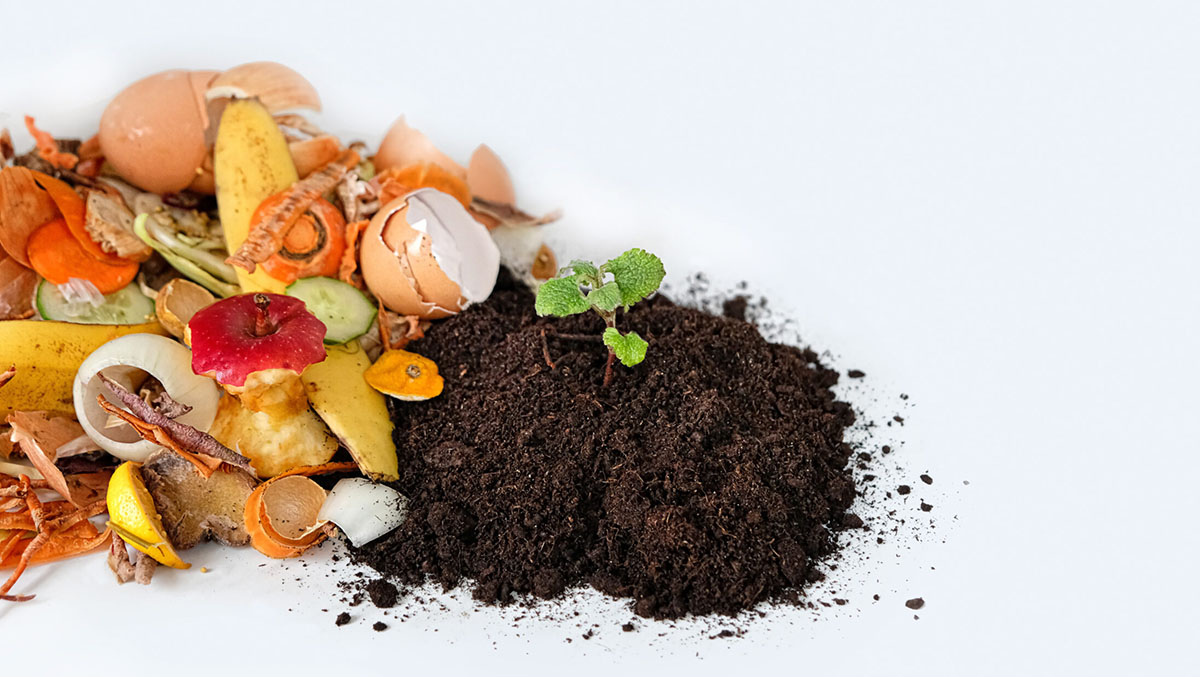
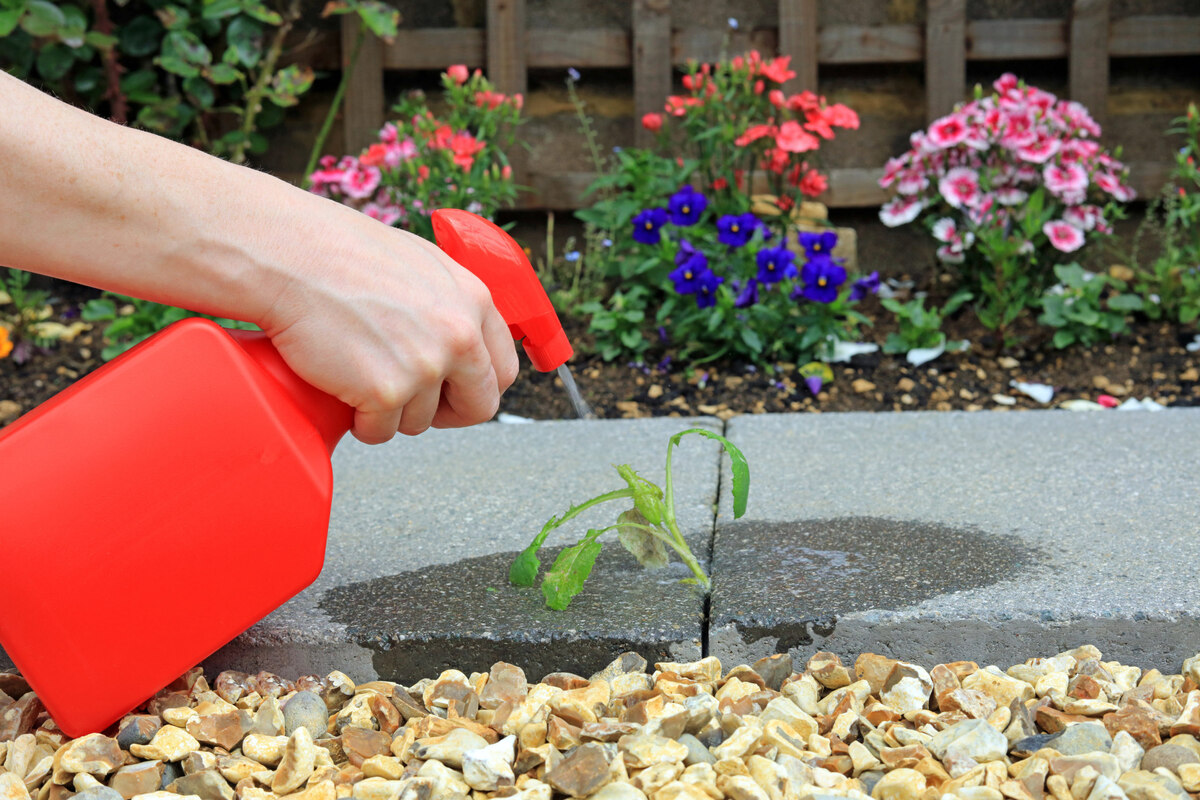
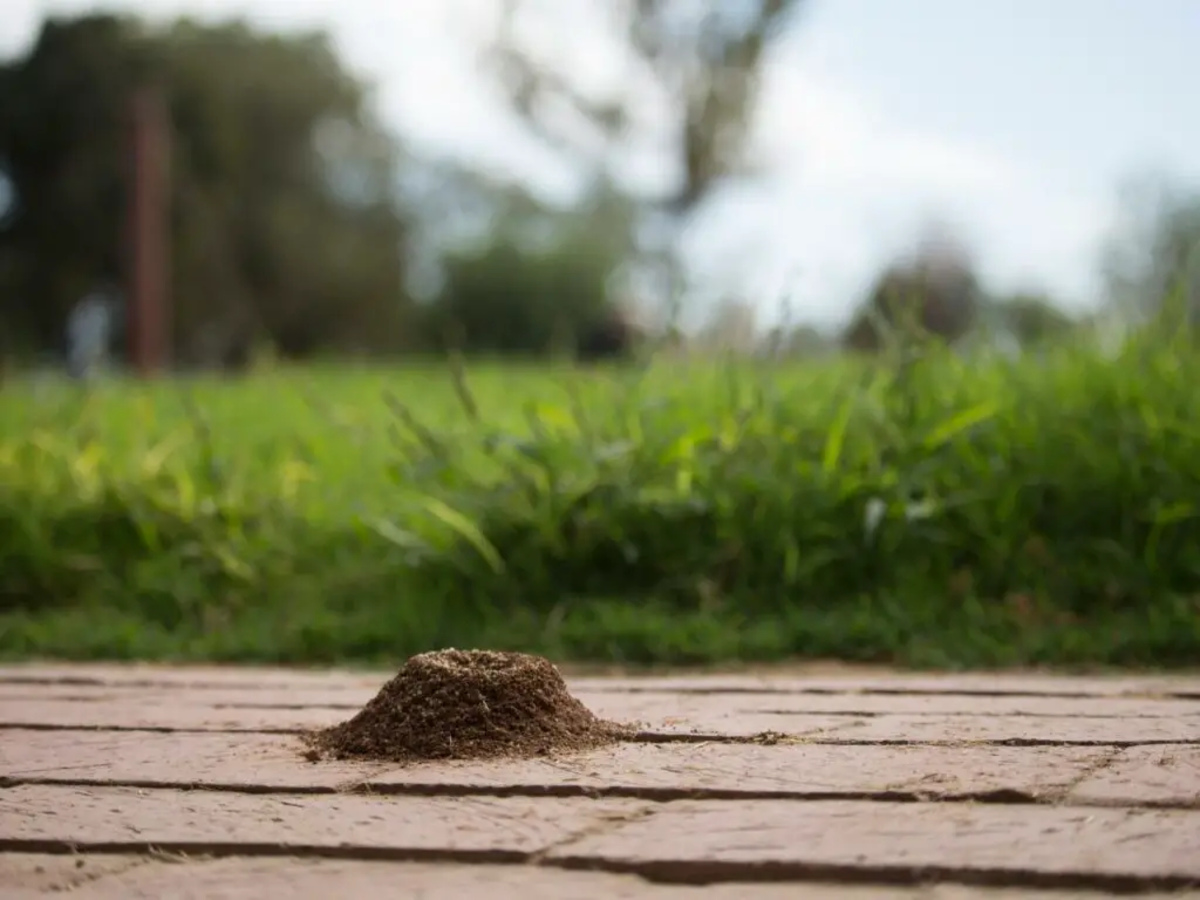

0 thoughts on “How To Get Rid Of Hover Flies On A Patio”